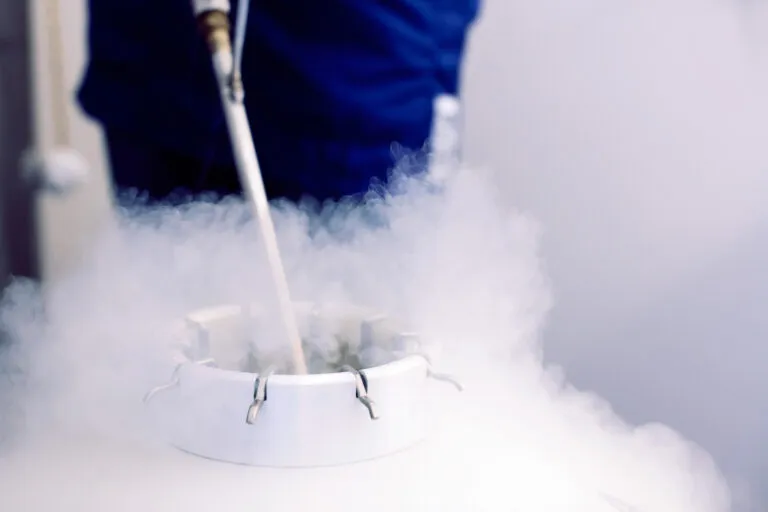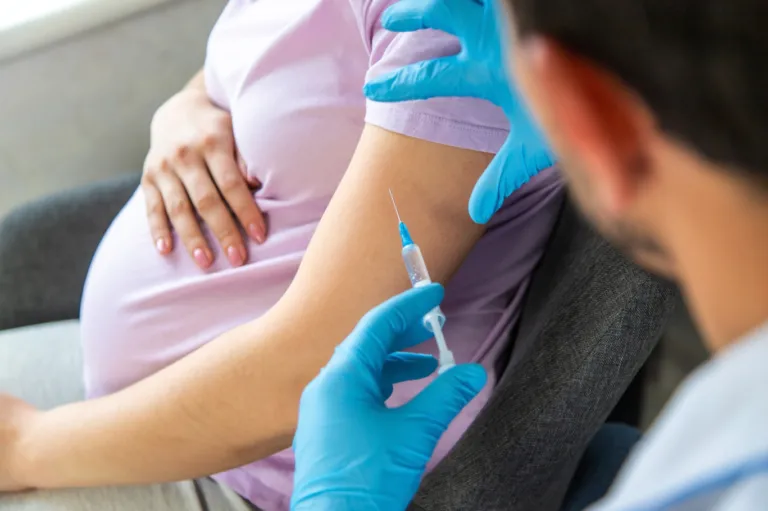Breast cancer is the most common type of cancer in women. It is a myth that pregnant women are not affected by it. Therefore, a very important examination that every expectant mother should have is the breast ultrasound. Find out what the examination looks like and where the myths about breast ultrasound in pregnancy come from.
Breast cancer during pregnancy
Breast cancer is one of the most common cancers found during pregnancy and in the postpartum period. Breast cancer in pregnancy is cancer that occurred during pregnancy or within the first year after delivery. Although breast cancer mainly affects women after the menopause, it can also affect younger women. In recent years, the gestational age has also shifted, increasing pregnant women’s risk of developing lifestyle diseases such as obesity, diabetes and the above-mentioned cancers.
Breast ultrasound in pregnancy – when should it be done?
Every pregnant woman should have a breast ultrasound in the 1st or 2nd trimester. In practice, many gynaecologists already give a referral for a breast ultrasound at the 1st visit of pregnancy. If you are an expectant mother and have not received such a referral, ask for it at your next appointment. It is not true that an ultrasound examination is unreliable because of the changes in the breasts during pregnancy or breastfeeding. Experts point out that it is a screening examination designed to detect lumps where the pregnant gland does not interfere. However, it should be remembered that mammography should not be performed during pregnancy because of the X-rays. Exceptions are made when performing the examination is necessary for the woman’s health.
Breast ultrasound in pregnancy – who should you go to?
Breast ultrasounds are performed by gynaecologists and radiologists. Not every gynaecologist specialises in breast ultrasound and therefore often refers their patients to an experienced radiologist. It is important that this is someone who has dealt with pregnant or breastfeeding patients before. That way, omissions or mistakes can be avoided. What happens next depends on the result. In the case of BIRADS 1 or 2, the examination is carried out as planned. If a breast lesion is found, it is often necessary to perform a biopsy of the node found, among other things. This is mainly done by surgeons or oncological surgeons. It is very important that the diagnosis is made quickly enough. It is known that the diagnosis is delayed by an average of seven months in pregnant and postpartum women.











